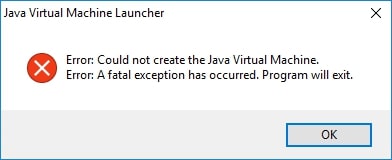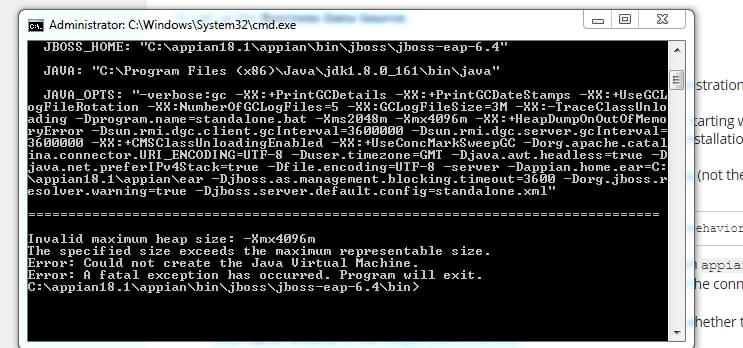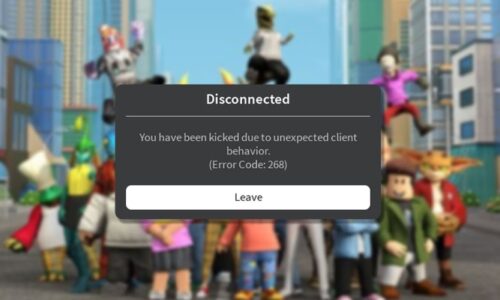Java is a popular programming language that is used to create applications, websites, and other software. One of the main components of Java is the Java Virtual Machine (JVM), which is responsible for executing Java code. The JVM is also responsible for managing memory allocation and garbage collection.
When developing and running Java applications, encountering the error message “Invalid maximum heap size: JVM” can be a frustrating experience for developers and system administrators alike. This error typically occurs when the Java Virtual Machine (JVM) is unable to allocate the specified maximum heap size for the application, resulting in a halt in program execution. Resolving this issue requires a deep understanding of the JVM and memory management in Java, as well as a thorough assessment of the available memory resources on the system. However, there are times when the JVM encounters errors, such as the Invalid maximum heap size error. In this article, we will discuss this error and how to fix it.
Overview of JVM:
Specifying an incorrect or invalid maximum heap size can lead to the “Invalid maximum heap size: JVM” error. This error message is usually preceded by information regarding the attempted size and a reference to the JVM argument or command-line option where the error occurred. It serves as a notification that the JVM was unable to allocate the requested heap size, potentially due to memory limitations or conflicts with other running processes and applications.
To resolve this issue, it is crucial to understand the limitations and available memory resources of the system. Checking the system’s physical and virtual memory capabilities is essential to ensure that the specified maximum heap size does not exceed the available resources. Additionally, considering the memory requirements of other applications running on the system can help avoid conflicts and ensure an optimal allocation of memory.
If the specified maximum heap size is indeed too large for the available system resources, it may be necessary to adjust the setting accordingly. This can involve reducing the maximum heap size to a more reasonable value or analyzing the application’s memory requirements to determine the optimal heap size.
Another crucial aspect to consider is garbage collection, a process performed by the JVM to reclaim memory occupied by objects that are no longer needed. Properly configuring and optimizing garbage collection parameters can contribute to better memory utilization and prevent errors related to the maximum heap size. For instance, the –XX:MaxGCPauseMillis option can be used to control the maximum duration of garbage collection pauses, allowing for a more efficient reclaiming of memory.
Updating the JVM to a more recent version can also resolve potential bugs or issues related to memory management, thereby minimizing the occurrence of the “Invalid maximum heap size: JVM” error. Keeping up with the latest updates and releases of the JVM ensures access to bug fixes, performance improvements, and other enhancements that can positively impact memory management.
What is the Invalid maximum heap size?
The Invalid maximum heap size error occurs when the JVM is unable to allocate the maximum amount of memory specified in the heap size parameters. The heap size parameters define the minimum and maximum amount of memory that can be used by the JVM. The maximum heap size is typically set to 1/4th of the available physical memory.
Causes of Invalid Maximum Heap Size:
There are several reasons why the JVM may be unable to allocate the maximum amount of memory for the heap. Here are some of the most common causes of the Invalid maximum heap size error:
1. Insufficient physical memory: If there is not enough physical memory available on the machine, the JVM will not be able to allocate the maximum heap size.
2. Incorrect heap size parameters: The maximum heap size parameter may be set incorrectly, causing the JVM to fail to allocate enough memory.
3. 32-bit vs 64-bit JVM: If a 32-bit JVM is being used, it may not be able to allocate the maximum heap size.
4. Other processes using too much memory: If other processes on the machine are using too much memory, there may not be enough available memory for the JVM to allocate the maximum heap size.
Solutions to the Invalid maximum heap size error:
If you encounter the Invalid maximum heap size error when running a Java application, there are a few solutions that you can try:
1. Increase physical memory: If the machine does not have enough physical memory, you can upgrade the memory or close other memory-intensive applications.
2. Change heap size parameters: You can try adjusting the heap size parameters to a more appropriate value.
3. Use a 64-bit JVM: If you are using a 32-bit JVM, try switching to a 64-bit JVM.
4. Truncate logs: Truncating logs or deleting unnecessary files can free up memory on the machine.
5. Simplify the application: Simplifying the application or breaking it down into smaller components can reduce the memory requirements and allow the JVM to allocate the maximum heap size.
6. Upgrade hardware: If the machine is running on old hardware, it may be time to upgrade to a newer, more powerful machine with more physical memory.
Conclusion:
The Invalid maximum heap size error can be frustrating to deal with, but there are several solutions that you can try to resolve the issue. By increasing physical memory, adjusting heap size parameters, switching to a 64-bit JVM, truncating logs, simplifying the application, or upgrading hardware, you can ensure that the JVM can allocate the maximum heap size and run your Java application smoothly. With these solutions, you can avoid frustration and continue developing Java applications effectively.
In conclusion, encountering the error message “Invalid maximum heap size: JVM” can be frustrating and confusing for Java developers and system administrators. This error indicates that the Java Virtual Machine (JVM) is not able to allocate the specified maximum heap size for the application. To resolve this issue, it is important to understand the limitations and available memory resources of the system. You can consider adjusting the maximum heap size according to the available memory or using other memory management techniques such as garbage collection. Additionally, keeping the JVM up to date and optimizing your application’s memory usage can help prevent this error from occurring in the future. Overall, troubleshooting this error requires a thorough understanding of the JVM and memory management in Java.
Read More: Exploring the World of Business Development Books







